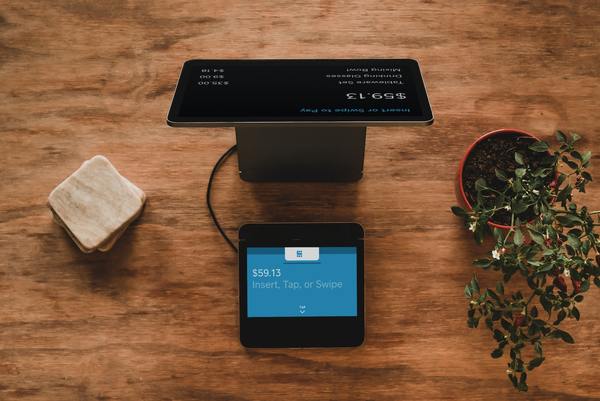Playing Catch Up with Fintech
What fintechs are learning is that when it comes to regulators, watch what they do, not what they say.

Capital Thinking · Issue #785 · View online
Fintechs should be crushing it right now.
In industry after industry, digital is gobbling up market share. In wine for example, US online sales gained over 20 points of share within two weeks of lockdown. What it took grocery in the UK 20 years to achieve, US wine did in 21 days.
And fintechs offer many of the same benefits – speed, innovation and digital distribution.
Yet it’s not happening.
Banks vs Fintech: A Coronastory
Marc Rubenstein | Net Interest:
Downloads of challenger bank apps have declined from their pre-Covid levels. Granted, opening a new bank account is less enticing than drinking wine, but existing customers don’t seem to be engaging either.
The number of monthly average users of challenger banks has dropped by around 16% compared with pre-Covid levels, according to data from Apptopia.
In some cases, consumers have been left with little choice – many online banks were forced to shut their virtual doors.
As the virus took hold Kabbage suspended credit lines to SMEs, and Lending Club and Zopa stopped making new loans to their more risky borrowers. Zopa said that its origination activity would be down 75-80% in April compared with the start of the year.
The credit underwriting algorithms that these companies built to price loans efficiently simply stopped working in the face of an unprecedented pandemic.
Some of this is beginning to be reflected in valuations. Monzo raised new capital in May at a 40% discount to its previous valuation. That’s the same slide in value as publicly traded banks saw, even though Monzo doubled its customer base to 4 million over the period.
Meanwhile, when it comes to digital distribution, incumbent banks are catching up.
BBVA announced that between January and March nearly two-thirds of its sales were completed digitally, up from prior periods. Citigroup tripled the number of accounts it opened digitally in March compared with same month last year.
Svenska Handelsbanken said the number of online meetings it conducted was up fivefold between February and March. Overall, monthly average user numbers of banks apps are down post Covid, but less than challenger bank apps.
Sitting at the intersection of this divergence between fintechs and incumbent banks are policymakers.
For years they promoted fintech in an effort to bolster competition in banking.
They set up regulatory ‘sandboxes’, offered tax breaks and in some regimes introduced initiatives to drain industry moats (e.g. Open Banking in the UK). Yet in a time of crisis, it was incumbent banks to whom they turned as their primary conduit for aid.
When government guaranteed loans were launched in the UK in March, 40 banks were eligible to offer them straight away. It took weeks before the first fintech was formally approved and even now some are still waiting.
Same in the US. Although Secretary Mnuchin announced on 29 March that “Any FDIC bank, any credit union, any fintech lender will be authorised to make these loans” such authorisation was not forthcoming for fintechs. It took two weeks for the first cohort to get on the list. And the first round of government funds was exhausted before they could even approve any loans.
Policymakers have given banks leeway in other areas, too. They’ve relaxed money laundering and know your customer guidelines given how hard it is for customers to get into branches.
And they’ve provided access to cheap funding through central bank liquidity initiatives like the ECB’s TLTRO3, which offers funding at up to -1% for Eurozone banks.Fintechs in the UK have complained that lack of access to such funding threatens to render unprofitable any ‘bounce back’ loans they originate at their regulated rate of 2.5%.
What fintechs are learning is that when it comes to regulators, watch what they do, not what they say.

*Feature post photo credit: Clay Banks on Unsplash
